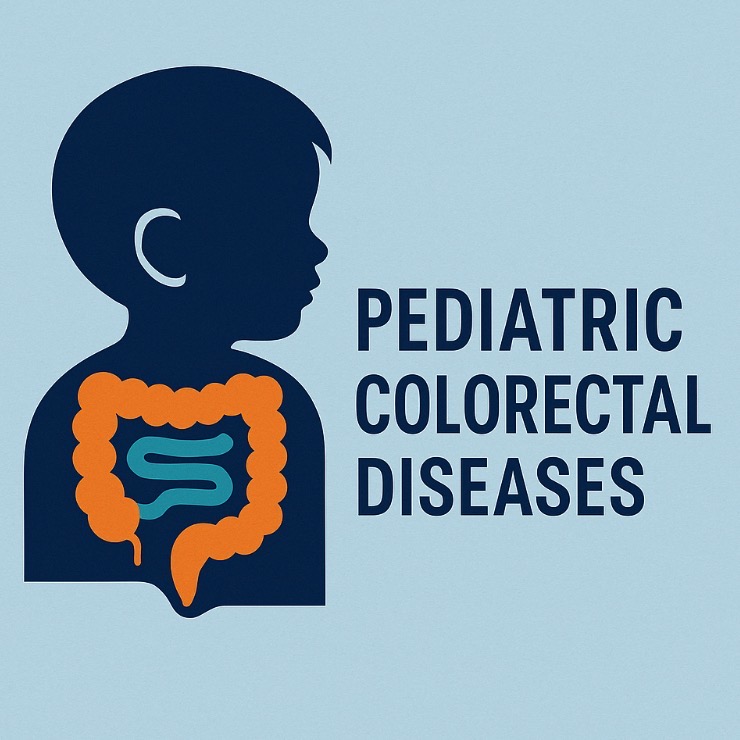Articles
31 August 2013
Vol. 35 No. 4 (2013)
Growth and body composition changes in late preterm infants in the first months of life
Publisher's note
All claims expressed in this article are solely those of the authors and do not necessarily represent those of their affiliated organizations, or those of the publisher, the editors and the reviewers. Any product that may be evaluated in this article or claim that may be made by its manufacturer is not guaranteed or endorsed by the publisher.
All claims expressed in this article are solely those of the authors and do not necessarily represent those of their affiliated organizations, or those of the publisher, the editors and the reviewers. Any product that may be evaluated in this article or claim that may be made by its manufacturer is not guaranteed or endorsed by the publisher.
1227
Views
2119
Downloads
Authors
Neonatal Intensive Care Unit (NICU), Department of Clinical Science and Comunity
Health, Fondazione IRCCS ‘‘Ca’ Granda’’ Ospedale Maggiore Policlinico, University of Milan, Milano, Italy.
Neonatal Intensive Care Unit (NICU), Department of Clinical Science and Comunity
Health, Fondazione IRCCS ‘‘Ca’ Granda’’ Ospedale Maggiore Policlinico, University of Milan, Milano, Italy.
Neonatal Intensive Care Unit (NICU), Department of Clinical Science and Comunity
Health, Fondazione IRCCS ‘‘Ca’ Granda’’ Ospedale Maggiore Policlinico, University of Milan, Milano, Italy.
Neonatal Intensive Care Unit (NICU), Department of Clinical Science and Comunity
Health, Fondazione IRCCS ‘‘Ca’ Granda’’ Ospedale Maggiore Policlinico, University of Milan, Milano, Italy.
Neonatal Intensive Care Unit (NICU), Department of Clinical Science and Comunity
Health, Fondazione IRCCS ‘‘Ca’ Granda’’ Ospedale Maggiore Policlinico, University of Milan, Milano, Italy.
Neonatal Intensive Care Unit (NICU), Department of Clinical Science and Comunity
Health, Fondazione IRCCS ‘‘Ca’ Granda’’ Ospedale Maggiore Policlinico, University of Milan, Milano, Italy.
Neonatal Intensive Care Unit (NICU), Department of Clinical Science and Comunity
Health, Fondazione IRCCS ‘‘Ca’ Granda’’ Ospedale Maggiore Policlinico, University of Milan, Milano, Italy.
Neonatal Intensive Care Unit (NICU), Department of Clinical Science and Comunity
Health, Fondazione IRCCS ‘‘Ca’ Granda’’ Ospedale Maggiore Policlinico, University of Milan, Milano, Italy.
How to Cite
PAGEPress has chosen to apply the Creative Commons Attribution NonCommercial 4.0 International License (CC BY-NC 4.0) to all manuscripts to be published.










